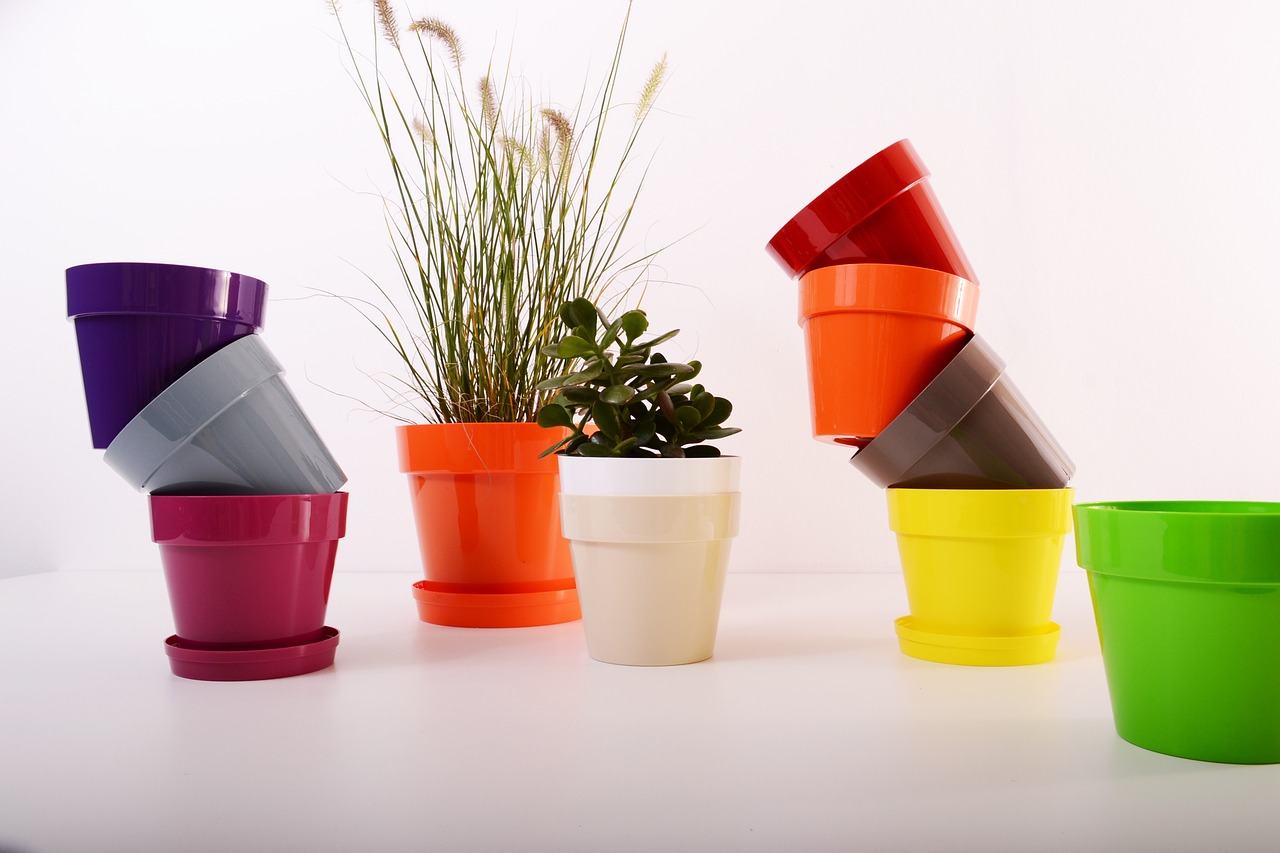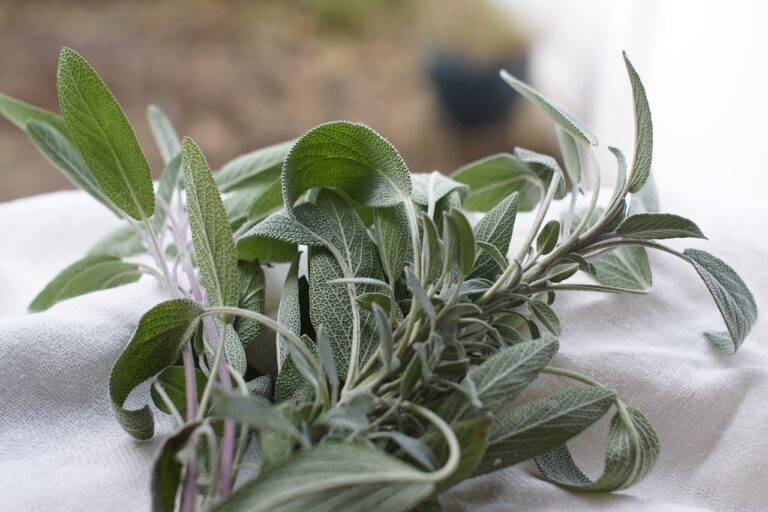How to Create a Home Ceramics Studio
Before diving into the creative world of pottery, it is essential to prepare a conducive space for your artistic endeavors. Start by selecting a well-lit and ventilated area with sufficient room to accommodate your pottery wheel, work table, and storage for clay and tools. Creating an organized and functional workspace will not only enhance your efficiency but also elevate your overall pottery experience.
Consider investing in sturdy shelving units or storage containers to keep your clay, tools, and finished pieces neatly stored and easily accessible. Additionally, ensure your space is equipped with a reliable water source for cleaning your tools and clay, as well as a comfortable chair to support your posture during long pottery sessions. By setting up a designated pottery area that is tailored to your needs, you are laying the foundation for a productive and enjoyable pottery journey.
Finding the Right Equipment
When it comes to pottery, having the right equipment is essential for a successful experience. One of the most crucial tools you will need is a pottery wheel. There are different types available, such as electric and kick wheels, so be sure to choose one that best suits your needs and skill level.
In addition to a pottery wheel, you will also need basic tools like a trimming tool, wire cutter, ribs, and a sponge. These tools will help you shape and refine your clay creations with precision and ease. Investing in quality equipment from the start will not only make your pottery journey more enjoyable but also contribute to the overall quality of your finished pieces.
Choosing the Correct Clay
When selecting the right clay for your project, it is essential to consider the characteristics of each type. The type of clay you choose will greatly influence the outcome of your pottery. Different clays have unique properties that can impact the look, feel, and durability of your finished piece. Understanding these characteristics will help you make an informed decision when selecting the correct clay for your project.
One important factor to consider when choosing clay is its plasticity. Plasticity refers to the clay’s ability to hold its shape and be easily molded. Clays with high plasticity are ideal for intricate designs and detailed work, while clays with lower plasticity are better suited for simpler forms. Consider the level of detail and intricacy in your project to determine the plasticity level that best suits your needs.





